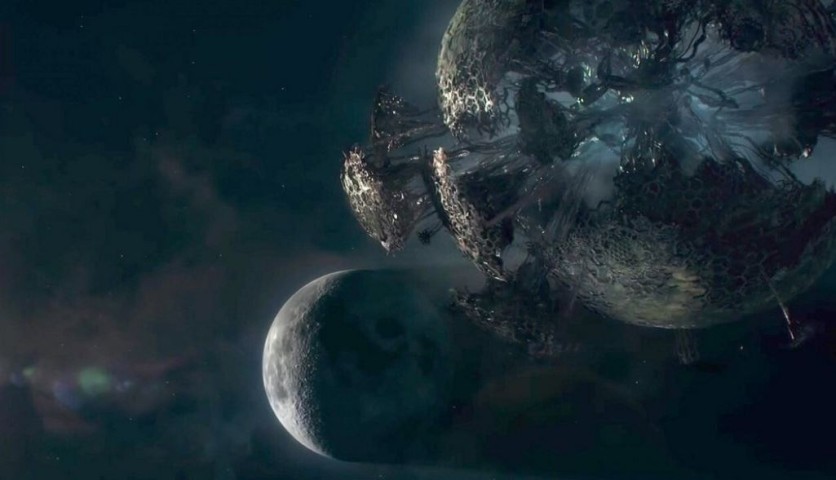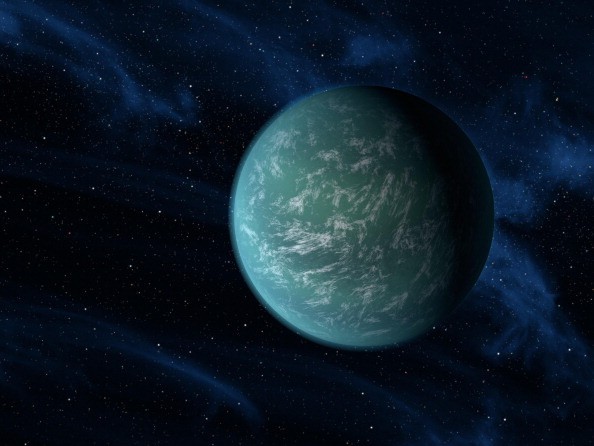A new rogue planet was discovered by scientists. They said that it is currently the smallest one ever to be documented.

Scientists have discovered a "rogue planet" flying through the Milk Way galaxy. pic.twitter.com/UP4yKWeKvw — juman shandillya (@__JumanJi) October 30, 2020
It is a lonely orphaned planet that roams through the Milky way with no parent star to guide it, unlike other worlds with their own Suns or stars. Because of this, the newly discovered planet doesn't have days, nights, or even gravitational siblings.
Astronomers have found a rogue planet free-floating in space pic.twitter.com/ChSEdK4G18 — The Sun (@TheSun) October 30, 2020
Also Read : Halloween's 'BOO' Moon Will Soon Shine On You! NASA Says Blue Moon Is the First Time After 75 Years
According to Gulf Today's latest report, since it is a free-floating planet, the rogue planet could also emit almost zero radiation. This means that it can't be detected using traditional methods of astrophysical detection.
What makes this rogue planet different
Digital Trends previously reported that most orphaned or rogue planets are several times the mass of Jupiter. However, many researchers have been spotting lonely space bodies that size of Mars or Earth. But, the latest discovery is still the smallest one ever discovered.
Since they are small, researchers are still having a hard time detecting them. That's where gravitational microlensing comes in.
Gravitational Microlensing
Gravitational microlensing detects space bodies by looking at the nearest stars' emitted light. When a planet passes between the Earth and the background star, the exoplanet's gravity will focus the light from the star.

This will make the star appear brighter for a short period. However, this can only be achieved if the foreground planets and the background stars are precisely aligned, which is a very rare occasion.
"If we observed only one source star, we would have to wait almost a million years to see the source being microlensed," said Dr. Przemek Mroz, the study's lead author.
They found the smallest rogue planet by looking at multiple source stars.
For more news updates about other space discoveries, always keep your tabs open here at TechTimes.
Related Article : Elon Musk Advertises 'Earth to Mars: 'There are Fewer Heart Attacks in 37% Gravity'
This article is owned by Tech Times.
Written by: Giuliano de Leon.
ⓒ 2025 TECHTIMES.com All rights reserved. Do not reproduce without permission.




